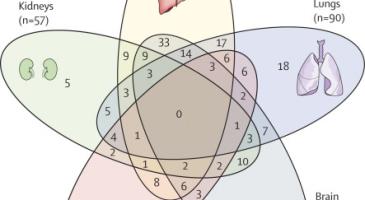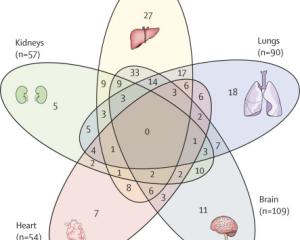Professor Lianne Sheppard contributed to new rule as chair of EPA’s Clean Air Scientific Advisory Committee which will prevent thousands of premature deaths each year by strengthening the national air quality standard for industrial emissions of fine particles, often called soot.
In the News




The average size of your dog’s breed plays a role in which diseases your pet is more apt to develop, a new study has found. The research was led by Yunbi Nam, a UW Biostatistics MS Capstone graduate who is currently a PhD student at Vanderbilt University.


Guidance on evaluating AI clinical prediction models and other AI tools from UW affiliate professor of biostatistics and KPWHRI researcher Yates Coley.


There is no one way to give a good talk, but there are many paths towards a bad talk: A dog metaphor on how to give a research talk.


Six interdisciplinary teams awarded tier 1 pilot grants by the Population Health Initiative, UW Biostatistics faculty member Lianne Sheppard is a member of one of the teams and Research Scientist Matt Conomos is part of another.


Sarah Monsell, a biostatistician at the Center for Biomedical Statistics in the Department of Biostatistics at the University of Washington, explains the statistical methods used in a recent liver disease study, describes their application to the study of liver MRI PDFF, and discusses the generalizability of the results of the study.


A cautionary tale from IMS contributing editor and UW professor of biostatistics and statistics, Daniela Witten


COVID-19 can affect various organs in the body, such as the brain, lungs, heart, and kidneys. But what happens to these organs after the infection is over? How long does it take for them to heal? A new study has tried to answer these questions by using MRI scans to look at multiple organs of people hospitalized with COVID-19. UW Professor of Biostatistics and Statistics Daniela Witten comments on the study.